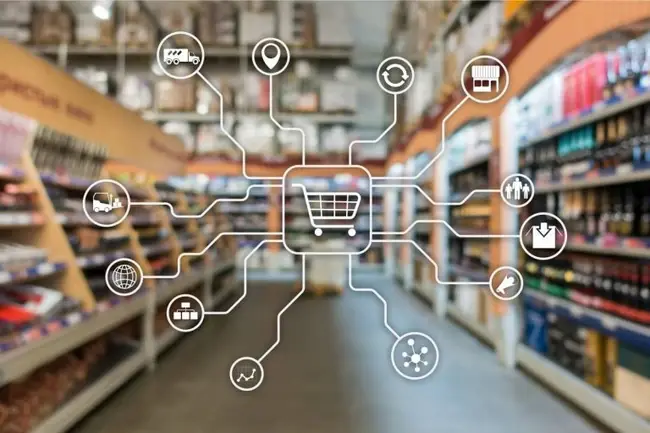
Data science is reshaping business strategies left, right, and centre. Price optimisation is no exception to the rule, with data science adding a totally new dimension to it. If anything, data science arrived on the retail scene as a knight in shining armour to alleviate retailers of the burden that always was price optimisation. Retailers must factor for a great deal of considerations before deciding on a price, which is no easy feat due to the sheer volume of variables.
The determination of pricing is based on much more than making profit. Granted, it underpins the pricing decisions from beginning to end, but these figures often have to fluctuate in line with surrounding parameters. In particular, organisations must respond quickly to demand, production costs, competitors, market positioning, manufacturer recommendations, and much more.
Ever notice that early morning flights are often cheaper than evening? This is because airlines know that flights at the of dawn can be quite a chore. Firstly, those wishing to travel to the airport via public transport may find that it doesn't run early enough to get them there. Not only that, but for return flights, holidaymakers in particular may wish to soak up the entirety of their last day wherever they are vacationing, opting for afternoon/evening flights instead. In turn, airlines often zero in on this by making evening flights more expensive because they know the demand is there.
Organisations have always had their own strategies for calculating prices. However, once data science emerged into the limelight, it paved the way for a new era of optimisation.
What challenges can data science alleviate?
Data analytics makes gives retailers a newfound confidence in their pricing strategies. Before then, historical data – quite rightly – played a significant part in making decisions. However, retailers frequently ran into situations where data was lacking or completely non-existent.
This is especially the case for new brands or brands launching new products, both of which will not have sufficient data sets to formulate decisions around. You must remember that, although data itself isn't new, embracing a data-driven culture is. Thus, organisations may not have their data organised in a way to action from it.
On the other end of the spectrum, businesses could not previously make full use of large data sets. Nowadays, data science has paved the way for data crunching at speed, enabling quicker decision-making on demand.
Businesses are increasingly jumping on the bandwagon by kitting out their workforce with a data science team. Once their data is in order, the real fun can begin.
How does it work?
Made possible by automation, retailers can zero in on more data factors than ever. Better still, these new factors are those that change frequently, such as weather. In turn, businesses can offer more personalised prices to customers on a continuous basis.
We know that personalisation works well for attracting customers and encouraging purchases. Data science helps retailers take this one step further. Companies can use algorithms to offer different prices to different consumers based on the information they hold about them. The increasing availability of data will continue to drive personalised pricing for the foreseeable future while also keeping a close eye on competitor prices. In turn, customers will enjoy the best offers with no effort on their part.
The customers aren't the only ones who can take a backseat. Businesses alike will be able to delegate more of the pricing responsibilities to data science, enabling price fluctuations as and when necessary, and to better lengths at what a human can offer. By setting up classification algorithms to categorise how products should be priced, retailers can always stay on top of their pricing game twenty-four seven.
Price optimisation no longer needs to be a chore for businesses. Undoubtedly, retailers will repurpose the energy it once required on something new to deliver to customers. In turn, customers will enjoy stress-free shopping and purchasing that can reciprocate their seasonal needs.
Want to learn more about improving the customer experience? Check out our top 10 call recording software for call centres.














Comments ( 0 )